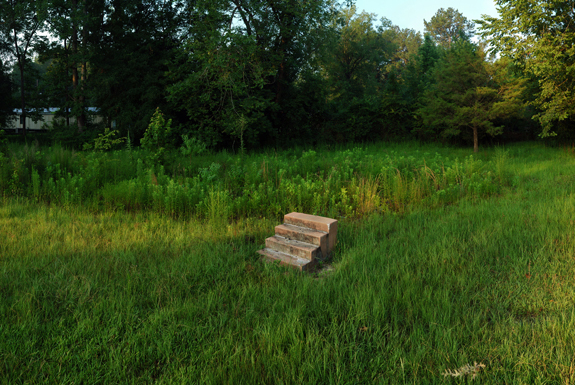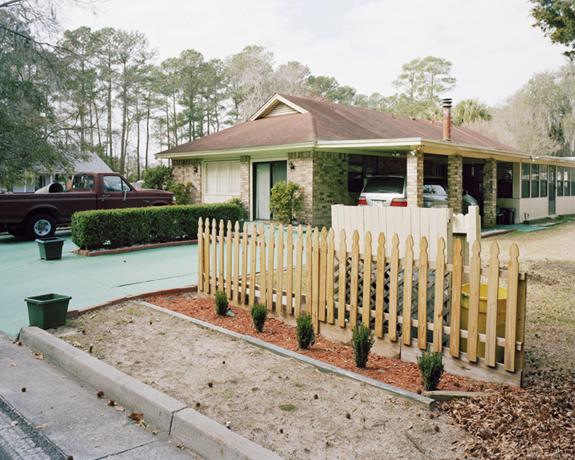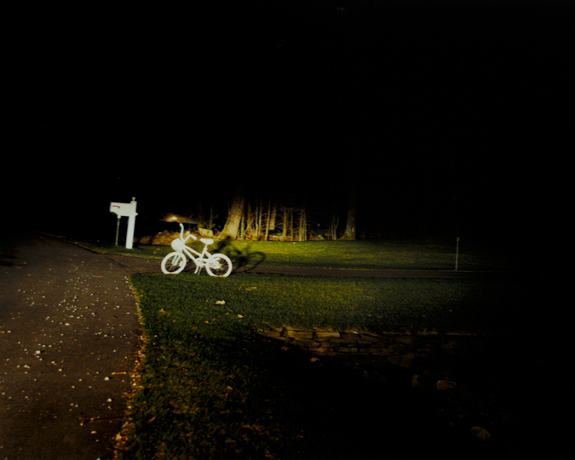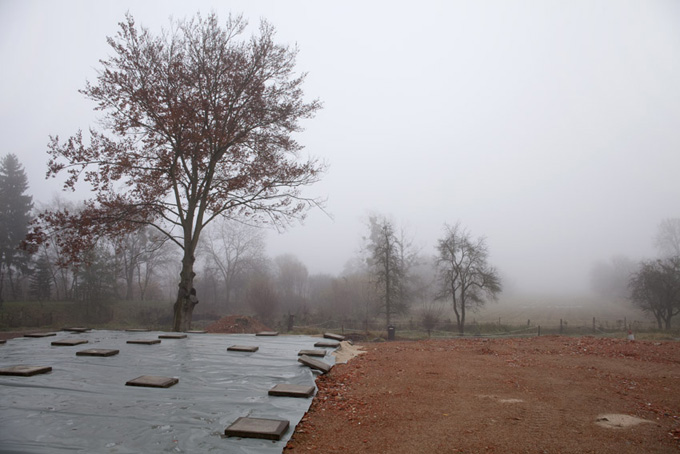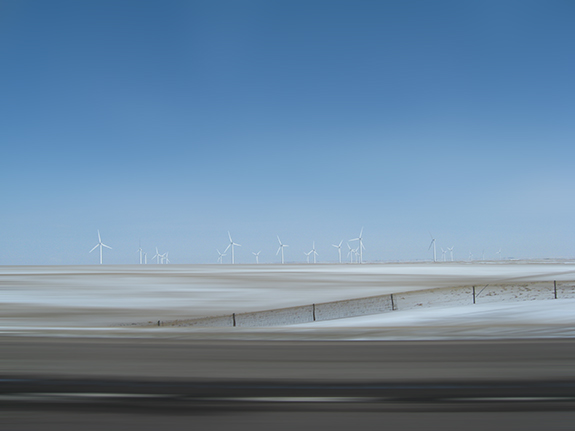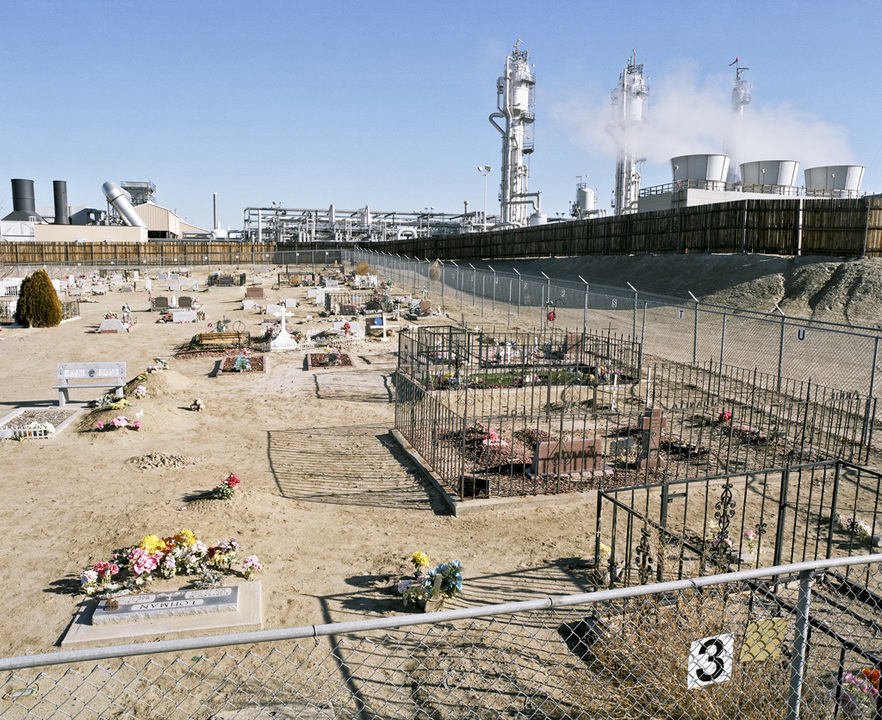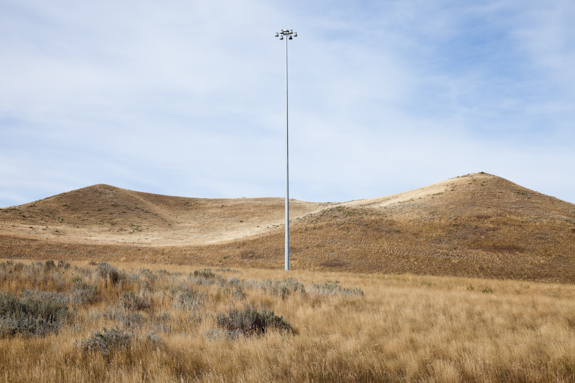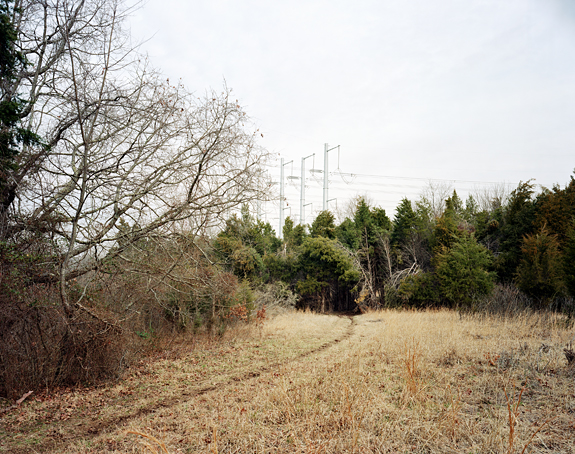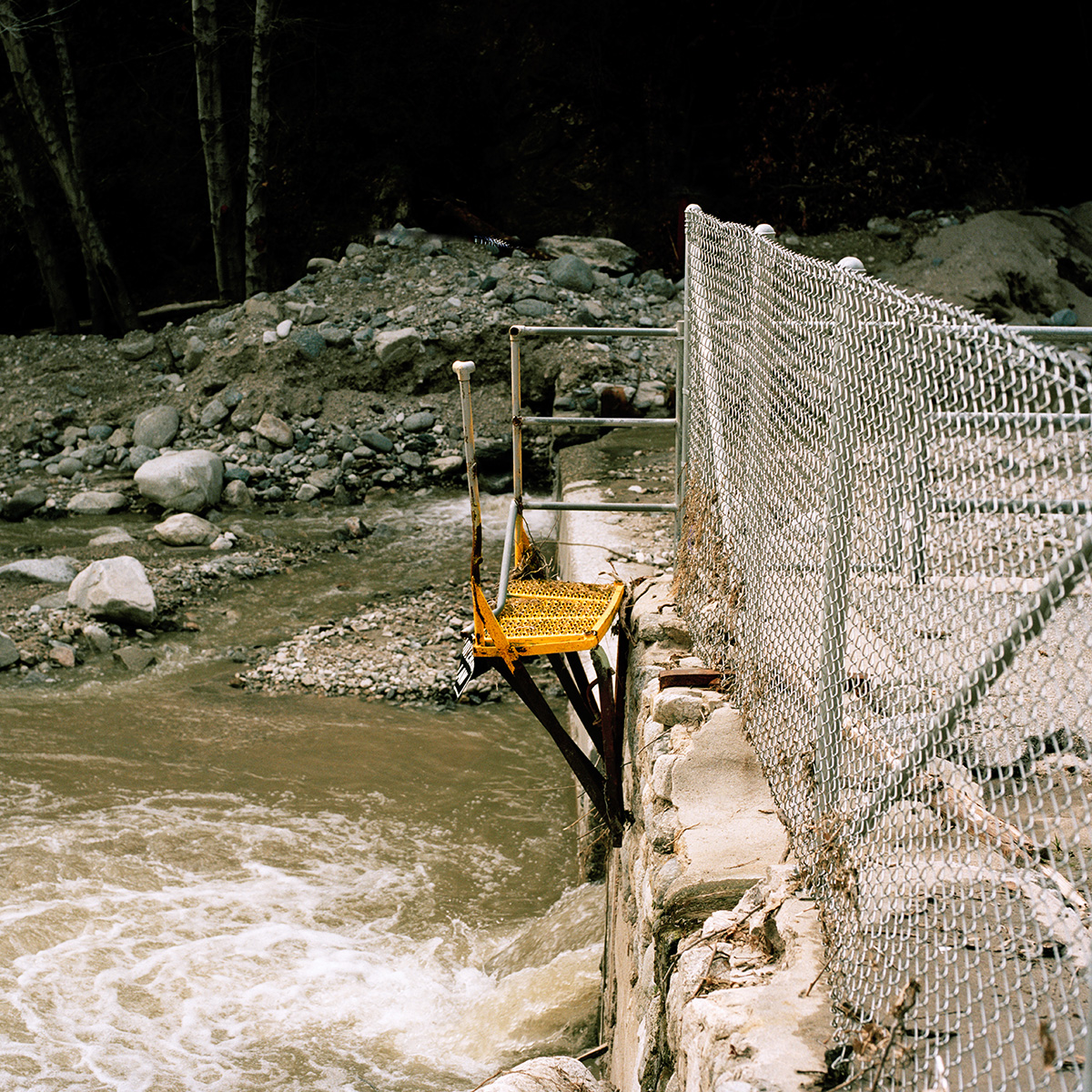
When I first came to the United States five years ago, my first impression was that everything in America is bigger, such as big trucks and huge shopping centers. Slowly, during the course of the five years, I realized that there is a link between “big” and abundant resources. As if “big” is the consequence of excessive needs, and excessive needs are supported and encouraged by abundant resources. China is also big in a lot of ways, but we still sell pencils in ones instead of dozens.
I decided to photograph the abandoned. My work represents “big” in an indirect way. In a society with abundant resources, we easily lose ourselves in materialistic items when there are too many choices or too frequent updates. We are no longer satisfied with getting the things that we need, but are rather obsessed with getting better and newer things; we are trapped in the process of updating instead of enjoying what we have in our hands. In an era when the speed of the aging of an object can no longer catch up with the speed of our boredom with the object, abandonment seems to be the only way out for this object.
— QiYuan Li, Pasadena, California, USA

